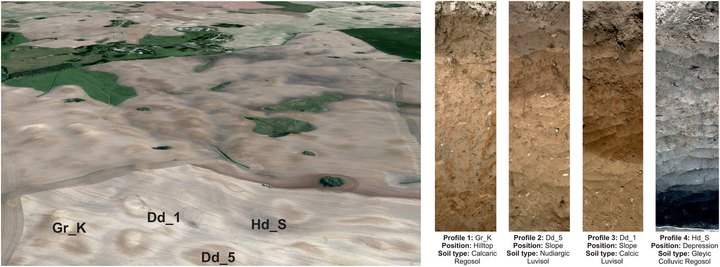[17] Crop growth and soil water fluxes at erosion‐affected arable sites: Using weighing lysimeter data for model inter-comparison

Abstract
Smallholder farmers in sub‐Saharan Africa (SSA) currently grow rainfed maize with limited inputs including fertilizer. Climate change may exacerbate current production constraints. Crop models can help quantify the potential impact of climate change on maize yields, but a comprehensive multi‐model assessment of simulation accuracy and uncertainty in these low‐input systems is currently lacking. We evaluated the impact of varying [CO2], temperature and rainfall conditions on maize yield, for different nitrogen (N) inputs (0, 80, 160 kg N ha‐1) for five environments in SSA, including cool sub‐humid Ethiopia, cool semi‐arid Rwanda, hot sub‐humid Ghana and hot semi‐arid Mali and Benin using an ensemble of 25 maize models. Models were calibrated with measured grain yield, plant biomass, plant N, leaf area index, harvest index and in‐season soil water content from two‐year experiments in each country to assess their ability to simulate observed yield. Simulated responses to climate change factors were explored and compared between models. Calibrated models reproduced measured grain yield variations well with average rRMSE of 26%, although uncertainty in model prediction was substantial (CV = 28%). Model ensembles gave greater accuracy than any model taken at random. Nitrogen fertilization controlled the response to variations in [CO2], temperature and rainfall. Without N fertilizer input, maize (i) benefited less from an increase in atmospheric [CO2], (ii) was less affected by higher temperature or decreasing rainfall and (iii) was more affected by increased rainfall because N leaching was more critical. The model inter‐comparison revealed that simulation of daily soil N supply and N leaching plays a crucial role in simulating climate change impacts for low‐input systems. Climate change and N input interactions have strong implications for the design of robust adaptation practices across SSA, because the impact of climate change will be modified if farmers intensify maize production with more mineral fertilizer.